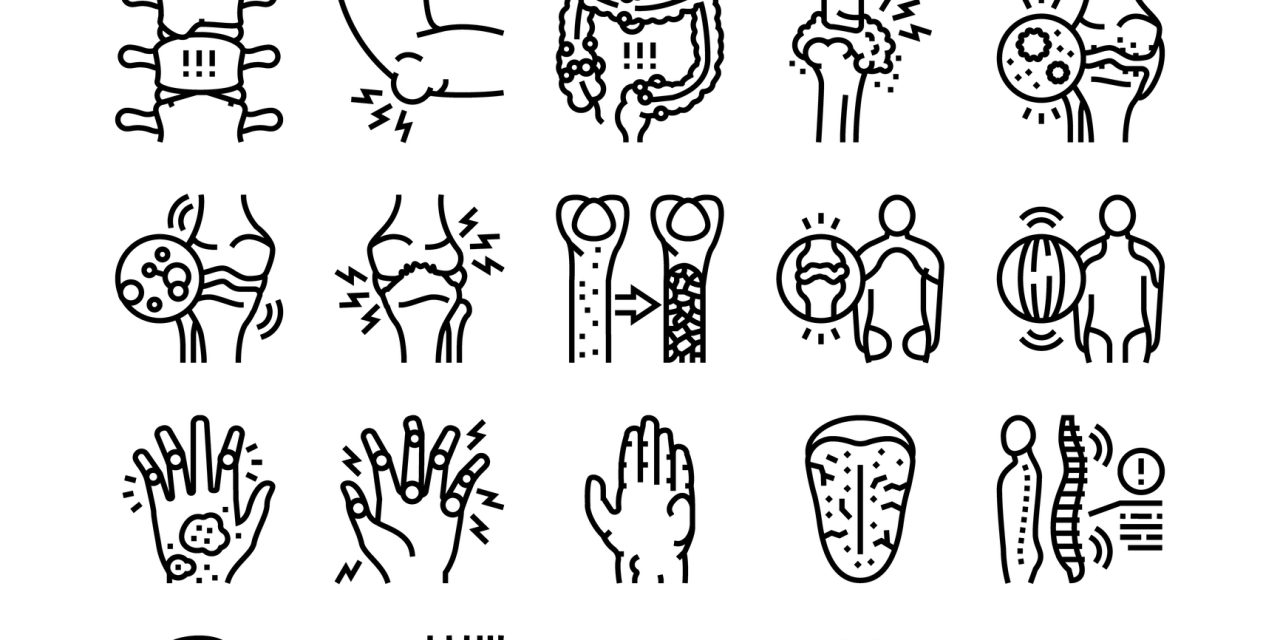The aim was to evaluate the results of radial head prostheses (RHP) in Essex-Lopresti injury (ELI) and to compare results after RHP between acute and chronic ELI.
Thirty-one patients treated with RHP for ELI were selected from a multicenter retrospective series of 310 RHP, with follow-up greater than two years. Two groups were acute ELI group (n=19, average diagnosis = 5+/-9 days) and chronic ELI group (n=12, average diagnosis 8.4+/-7.1 months). RHP was associated in some cases with K-wires: during acute ELI to stabilize the distal radio-ulnar joint (n=4) or during chronic ELI with ulnar osteotomy or palliative surgery (n=4). Clinical and radiologic evaluation was performed including analysis of the complications and revisions rates, pain level, range of motion, and MEPS (Mayo Elbow Performance Score) and DASH score (Disabilities of the Arm, Shoulder and Hand).
At last follow-up (71+/-38 months), survival of RHP in the acute ELI group was 84% (16/19) and 92% (11/12) in the chronic ELI group without statistically significant difference. Flexion (acute=131degrees+/-13.4 vs chronic=22+/-12.8, p=0.041) and supination (ELI=71+/-16.8 vs chronic=58+/-17.4; p=0.045) were better in acute ELI group. The DASH score was also better in the acute group (15+/-9.1 versus 24+/-15.2, p=0.048). There was more advanced stage of humero-radial osteoarthritis in the chronic ELI group (0.7+/-0.5 versus 1.4+/-0.6, p=0.041).
RHP in acute ELIs provide better clinical results, although RHPs are part of the therapeutic arsenal to treat chronic ELI.
Results of radial head prostheses implanted during Essex-Lopresti syndrome in multicentric study.


